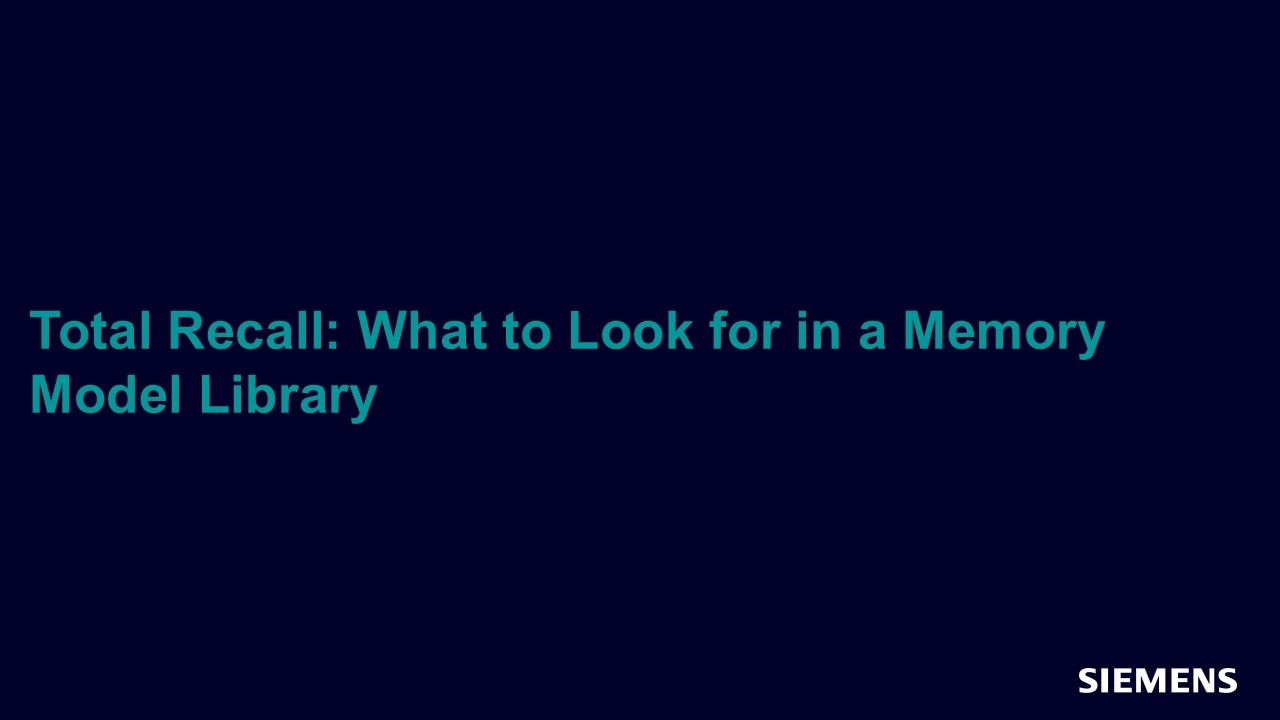Total Recall: What to Look for in a Memory Model Library
Almost all electronics systems use memory components, either for storing executable software or for storing data. Accurate memory models are fundamental. Making these models available in proven, standards-based libraries is essential to functional verification of these kinds of designs.

Full-access members only
Register your account to view Total Recall: What to Look for in a Memory Model Library
Full-access members gain access to our free tools and training, including our full library of articles, recorded sessions, seminars, papers, learning tracks, in-depth verification cookbooks, and more.